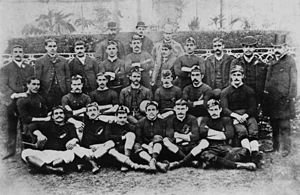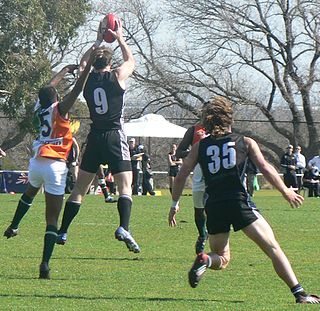
In New Zealand, Australian rules football dates back to the 1860s, was home to the first club formed outside Australia in 1876 and was the first colony outside of Australia to take up the sport. The sport's official name was changed in 1890 to Australasian Football acknowledge New Zealand's participation and remained for some time even after the country was expelled from the Australasian Football Council. After a half century hiatus of organised competition, it has grown rapidly as an amateur sport. Today five of New Zealand's sixteen regions have organised competitions: Auckland ; Canterbury ; Wellington ; Waikato and Otago. A four-team national competition with a national draft has been contested at the North Harbour Stadium in Auckland since 2016 for men and 2019 for women. The national team were crowned International champions at the 2005 Australian Football International Cup and competed annually against the AFL Academy between 2012 and 2019. Since the 2010s the game has also grown at junior level among New Zealand schools as the "Hawks Cup".
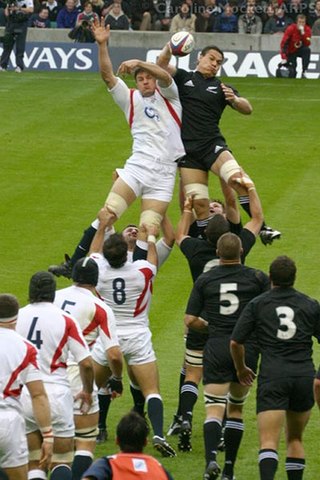
Rugby union has been played in New Zealand since 1870 and is the most popular sport in the country as well as being its national sport.
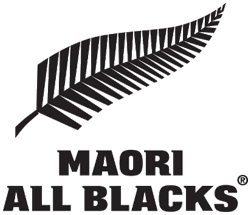
The Māori All Blacks, previously called the New Zealand Maori, New Zealand Maoris and New Zealand Natives, are a rugby union team from New Zealand. They are a representative team of the New Zealand Rugby Union, and a prerequisite for playing is that the player has Māori whakapapa (genealogy). In the past this rule was not strictly applied; non–Māori players who looked Māori were often selected in the team. These included a few Pacific island players and a couple of African descent. Today all players have their ancestry verified before selection in the team.

The 1888–89 New Zealand Native football team was a New Zealand rugby union team that toured Britain, Ireland, Australia and New Zealand in 1888 and 1889. It mostly comprised players of Māori ancestry, but also included some Pākehā. A wholly private endeavour, the tour was not under the auspices of any official rugby authority; it was organised by New Zealand international player Joseph Warbrick, promoted by public servant Thomas Eyton, and managed by James Scott, a publican. The Natives were the first New Zealand team to perform a haka, and also the first to wear all black. They played 107 rugby matches during the tour, as well as a small number of Victorian Rules football matches in Australia. Having made a significant impact on the development of New Zealand rugby, the Natives were inducted into the World Rugby Hall of Fame in 2008.
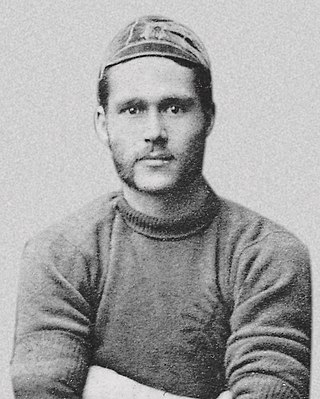
Joseph Astbury Warbrick was a Māori rugby union player who represented New Zealand on their 1884 tour to Australia and later captained the 1888–89 New Zealand Native football team that embarked on a 107-match tour of New Zealand, Australia, and the British Isles.

Thomas Rangiwahia Ellison, also known as Tom Ellison or Tamati Erihana, was a New Zealand rugby union player and lawyer. He led the first New Zealand representative rugby team organised by the New Zealand Rugby Football Union (NZRFU) on their 1893 tour of Australia. Ellison also played in the 1888–89 New Zealand Native football team on their epic 107-match tour, scoring 113 points, and 43 tries with the side.
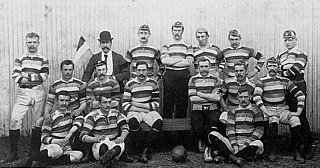
The 1888 British Isles tour to New Zealand and Australia was a tour by a British rugby union team, known at the time as the "English Footballers", throughout New Zealand and Australia. Although a private venture not organised by any official body, this was the first major tour of the Southern Hemisphere undertaken by a European rugby team. It paved the way for future tours by teams which are now known as British and Irish Lions.
The 1908 New Zealand Māori rugby league tour of Australia was a tour made by a group of New Zealand Māori rugby footballers who played rugby league matches in Queensland and New South Wales. The tour had a large role in helping the New South Wales Rugby League establish itself in Sydney. As a result, the tour is a significant part of rugby league history. Financial and legal issues disrupted the end of the tour and an exhibition match held under rugby union rules was held to help pay for the team's return voyage to New Zealand.

Patrick Keogh, also known as Pat Keogh or Paddy Keogh, was a New Zealand rugby union footballer who toured with the 1888–89 New Zealand Native football team. Playing at half-back, Keogh was considered the star player on the tour, which was the first by a Southern Hemisphere team to the British Isles. He played in at least 70 of the team's 107 matches in the British Isles, Australia and New Zealand. After playing for Dunedin club Kaikorai from 1884, he was selected to represent his province of Otago from 1887, and played for them against the touring British Isles team in 1888. By this time Keogh had established himself as the outstanding half-back in New Zealand, and he was approached by Joe Warbrick to tour with the Native team in mid-1888.
Edward Elsmere Montgomery McCausland, was an Australian born sportsperson who as a rugby footballer toured with the 1888–89 New Zealand Native football team. The touring party played predominantly rugby union, but also a small number of association football and Victorian rules football matches. McCausland was also a cricketer of note and is recorded to have represented Wellington in a First-class match.

David Richmond Gage was a New Zealand rugby union footballer. He played with the 1888–89 New Zealand Native football team, and represented New Zealand in 1893, and once in 1896 when he captained the side.

Rugby union has a long history in New Zealand. Today, New Zealand holds tier one status with World Rugby.
The 1920 Great Britain Lions tour was the third British national rugby league team or 'Lions' tour of Australasia, where it was winter and matches were played against the Australian and New Zealand national sides, as well as several local teams. In Australia, the three-Test match series was won by the hosts. In New Zealand another three-Test series was played and won by the visitors. The tour was a success and brought in a handsome profit.

George Albert Williams, also known as Bully Williams, was a New Zealand rugby union player who toured with the 1888–89 New Zealand Native football team to the British Isles and Australia. Williams was one of five non-Māori players in the Natives' side.

Riki Te Mairiki "Dick" Taiaroa was a New Zealand rugby union footballer who was a member of the 1888–89 New Zealand Native football team that toured New Zealand, the British Isles, and Australia. The tour was the longest in rugby history—the team played 107 matches on tour—and Taiaroa played at least 59 matches in the British Isles and 85 in total. This was second in number only to William Elliot who played 86 matches total. Taiaroa also played provincial rugby for Wellington in 1886 and 1887, and Hawke's Bay in 1889. Outside of rugby, he was a surveyor and then farmer. He also served with the New Zealand Contingent of Mounted Rifles during the Anglo-Boer War. Taiaroa was from a prominent Māori family, and was a representative at the coronation of Edward VII and George V. In the 1949 King's Birthday Honours he was appointed an Officer of the Order of the British Empire for services to the Māori people.
The first season of Rugby League in Queensland saw the formation of an association in March 1908, footballers begin training in the new code by early May, and the first in a series of representative matches played on 16 May. Club football began after teams representing Queensland had played, and then only as junior matches.
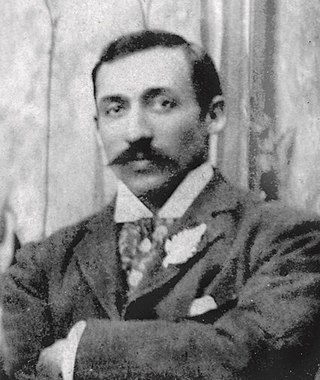
William Thomas "Tabby" Wynyard was a rugby union footballer who toured with the 1888–89 New Zealand Native football team and the 1893 New Zealand team. He also played first-class cricket for both Wellington and Auckland.
Frederick Warbrick was a rugby union footballer who toured with the 1888–89 New Zealand Native football team on their tour of the British Isles, New Zealand, and Australia. The Natives tour was captained and organised by Fred Warbrick's brother Joe, who had played with the New Zealand team on their 1884 tour of New South Wales. Joe Warbrick eventually selected 26 players for the team, which consisted mostly of Māori or part-Māori, but also several European "Pakeha". Along with Joe and Fred there were three other Warbrick brothers in the side: Alfred, Arthur, and Billy.

William "Mother" Elliot , also known as Bill, was a New Zealand rugby union footballer who toured with the 1888–89 New Zealand Native football team. Elliot was one of five Pākehā (European) players in the predominantly Māori team, and his addition strengthened the side. Playing at half-back, he became one of the most prolific players on the tour, and appeared in at least 86 of their 107 matches in the British Isles, Australia and New Zealand. While on tour he played in all three of the internationals against England, Ireland, and Wales. When he returned from the tour he continued to play provincial rugby for Auckland, whom he represented from 1887 to 1896. Before he departed with the Natives he had twice represented Auckland against the touring British side, and had scored a try against them in the second match, a 4–0 victory for Auckland. He was initially selected for New Zealand for their 1893 tour of Australia, but was unable to secure leave from work.
The 1889 Southern Rugby Football Union season was the 16th season of the Sydney Rugby Premiership. This was the seventh competition for the Gardiner Challenge Cup which was awarded to the winners of the premiership. The football season lasted from May to August. Sydney University Football Club successfully defended the premiership, completing the season undefeated for the third time. During the season a number of representative matches were played. In June players were selected to represent New South Wales against a visiting intercolonial team known as the New Zealand Natives. A representative team from Victoria visited Sydney in July, while a New South Wales team visited Queensland in August.

